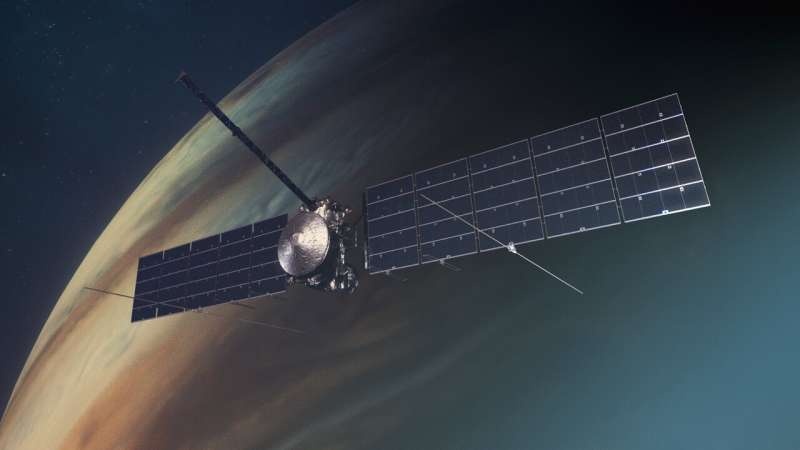NASA’s Europa Clipper mission aims to study the icy moon of Jupiter, which may harbor a vast subsurface ocean with the potential for supporting life. This blog post explores the key details and scientific objectives of this groundbreaking interplanetary endeavor.

Exploring an Alien Ocean
The Europa Clipper mission is a big advance in the hunt for extra-terrestrial life within our solar system. One of Jupiter’s moons, Europa, has a vast underground ocean that might be two times the size of all Earth oceans. The ocean is believed to be encased beneath an icy shell, but a suite of scientific instruments on Europa Clipper will allow researchers to collect data that could enable them answer crucial questions about the composition, structure, and potential habitability of this strange watery world.
One its main missions is to measure the thickness of Europa’s icy shell and how it moves around on top of the ocean beneath. By examining the moon’s geology and composition, scientists hope to learn how — or even if (whatever) it might supply some organic molecules (such as hydrogen or methane) and energy sources that could support life. Proceeding further and confirming Europa to be hospitable would have massive implications for the distribution of environments that could allow life.
Weathering Jupiter’s Radiation Tempests
The Europa Clipper mission has its own set of challenges, the first and most pressing of which is that Jupiter throws off a lot of radiation. Its gas-giant magnetic field, 20,000 times more intense than the Earth’s, traps and accelerates charged particles into a radiation zone so punishing — to a robot or human — that electronic circuits can die in minutes.
Mission engineers have solved the problem by creating a special spacecraft vault that will protect the instruments and systems from radiation. Also, the spacecraft’s orbits have been well planned to spend as little time in Jupiter’s the most radiation intense areas and get back out to safer distance again before Europa flybys ends each less than a day.
NASA’s tricky course correction maneuver with its Europa Clipper spacecraft is an intricate dance using Jupiter’s radiation field in a way that could endanger the mission if not for the ingenuity of the engineers behind it, proving that the Europa Clipper can safely fly and collect data from this icy moon of Jupiter.
Conclusion
The Europa Clipper is a historical mission for planetary exploration, seeking to explore an ocean world that might be able to secure life beyond our planet. This new mission would help us discover more about the exact composition, structure and geology of Europa itself — an understanding that could lead to profound insights as we assess how conducive this moon may be as a potential habitat for alien life. Set to be NASA’s largest planetary spacecraft ever, the Europa Clipper will help us expand our frontiers of scientific understanding and perhaps even inspire future generations of explorers to travel farther into uncharted territory.
